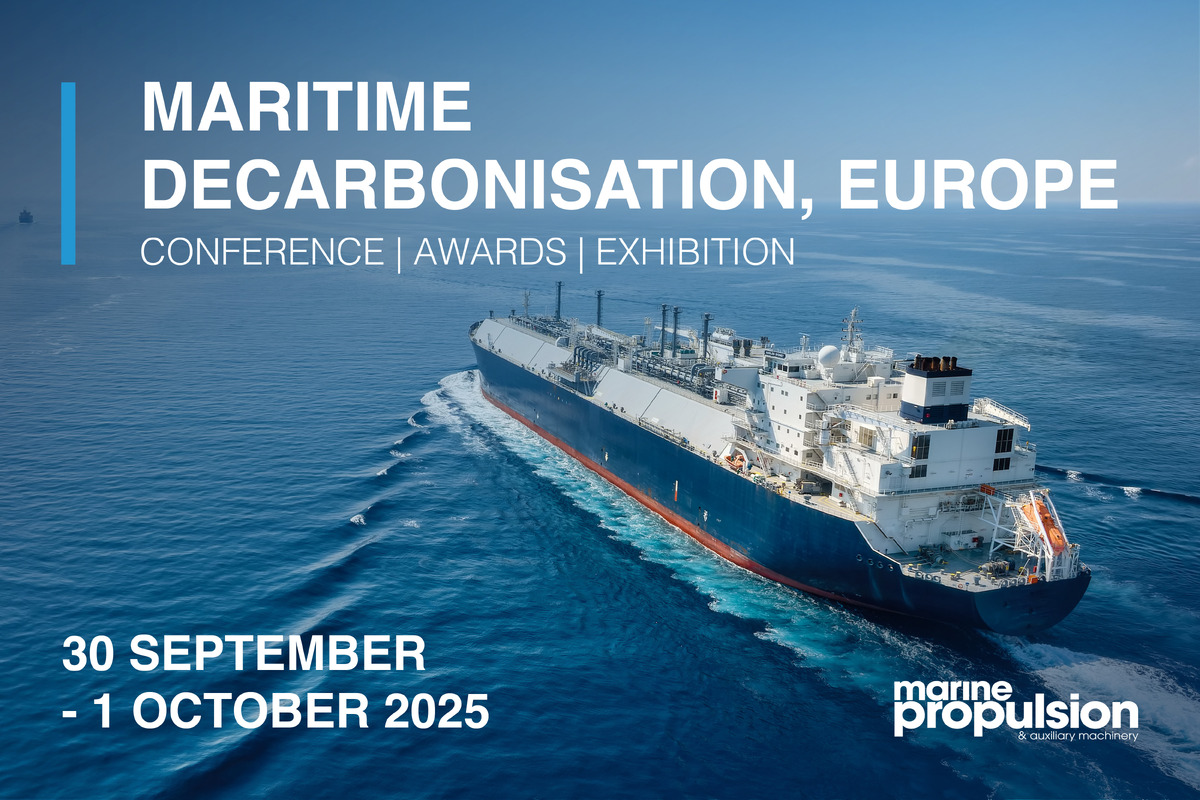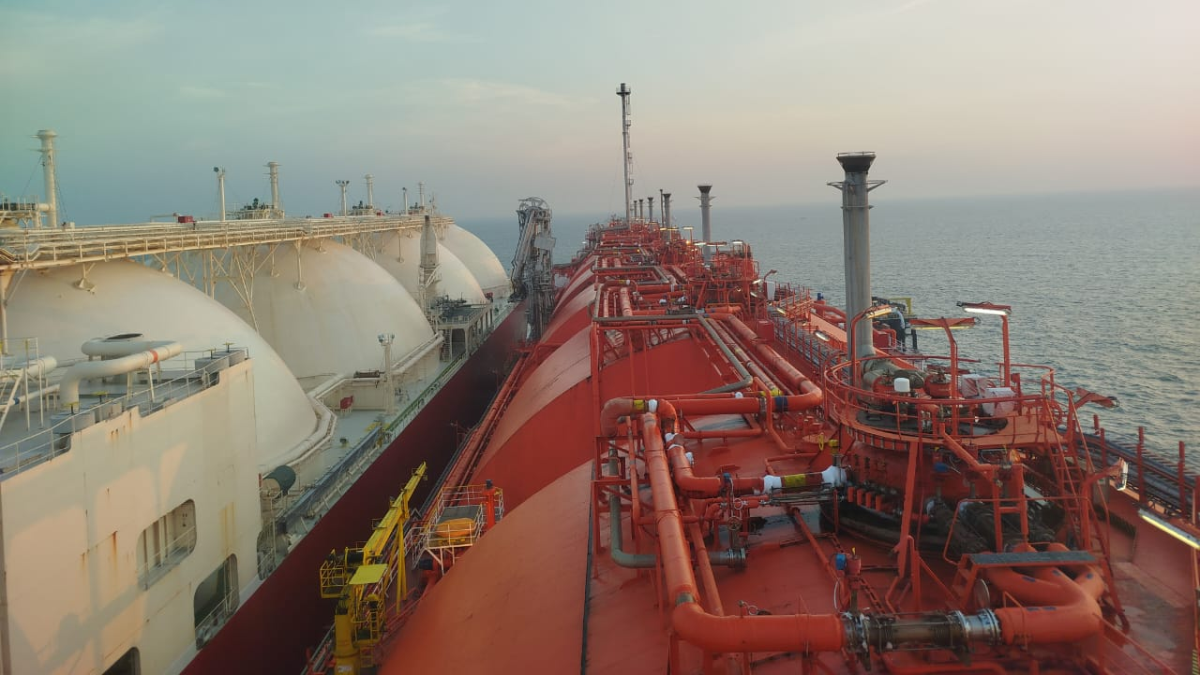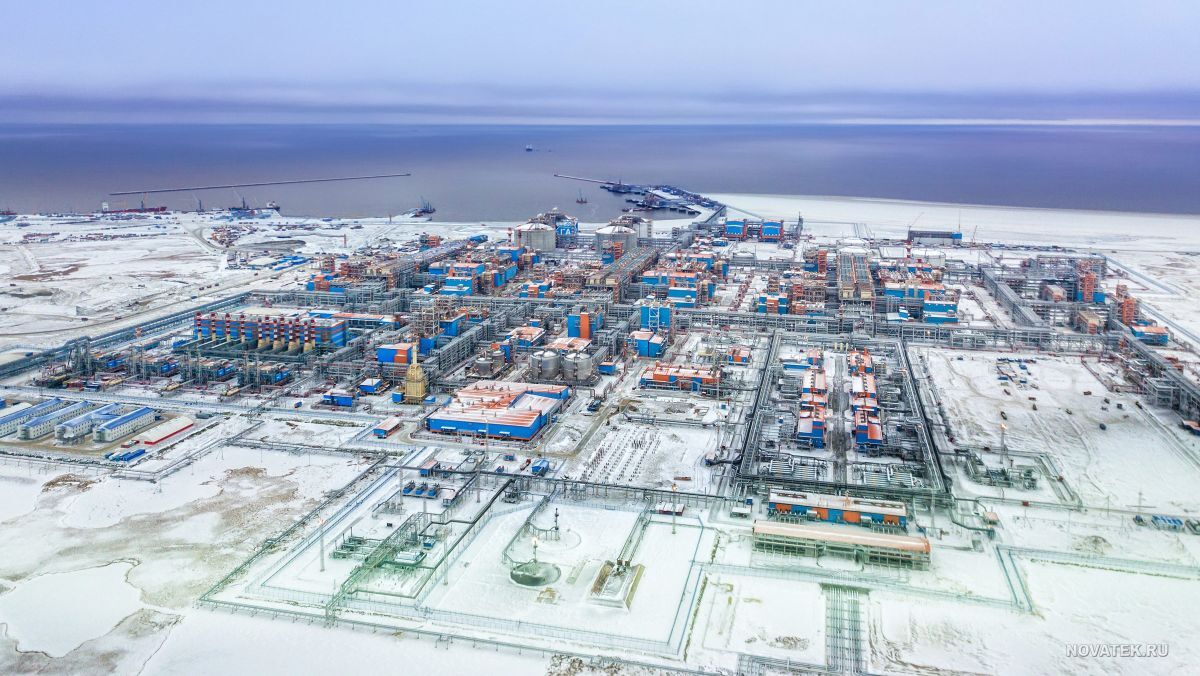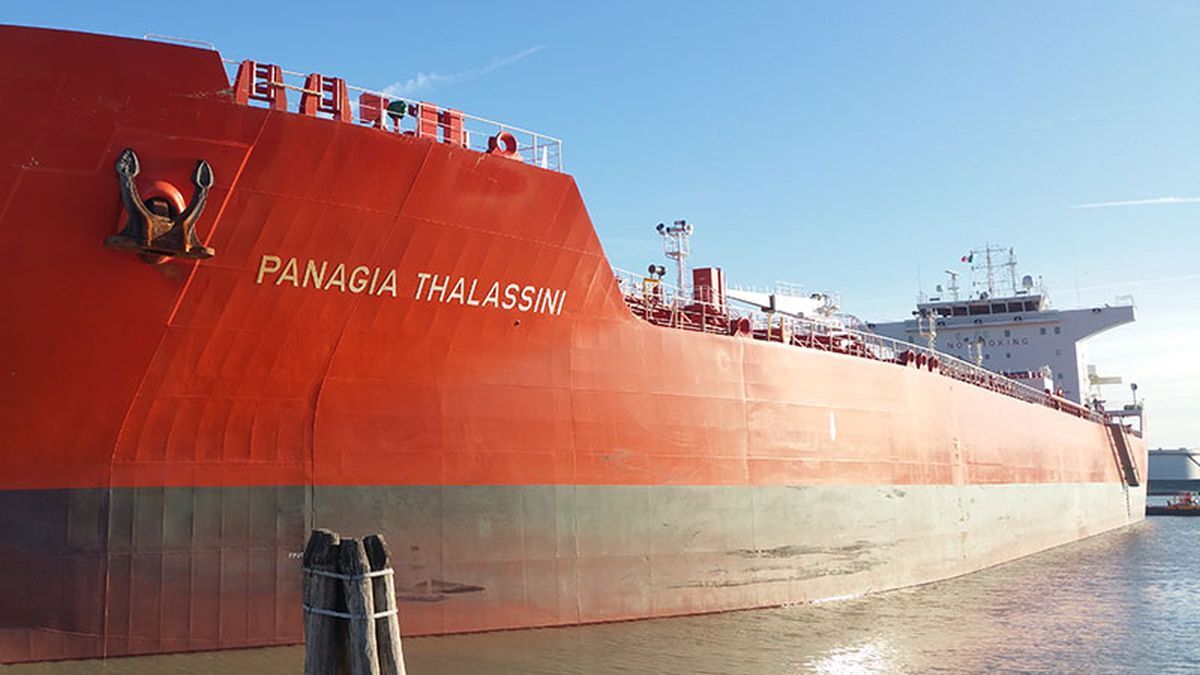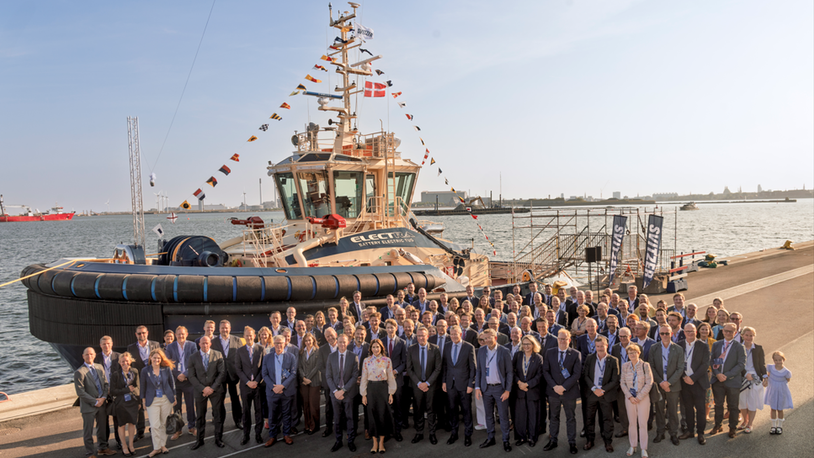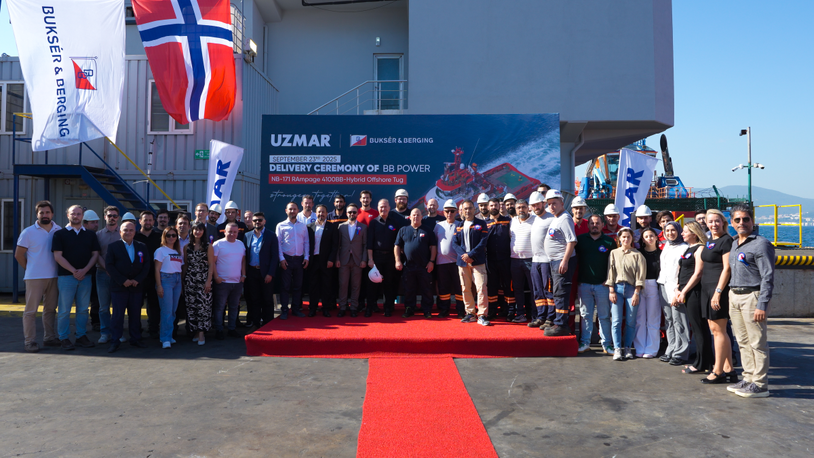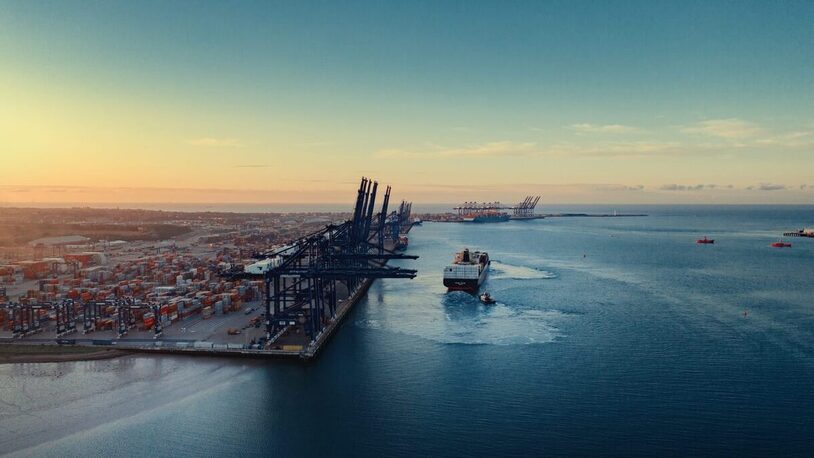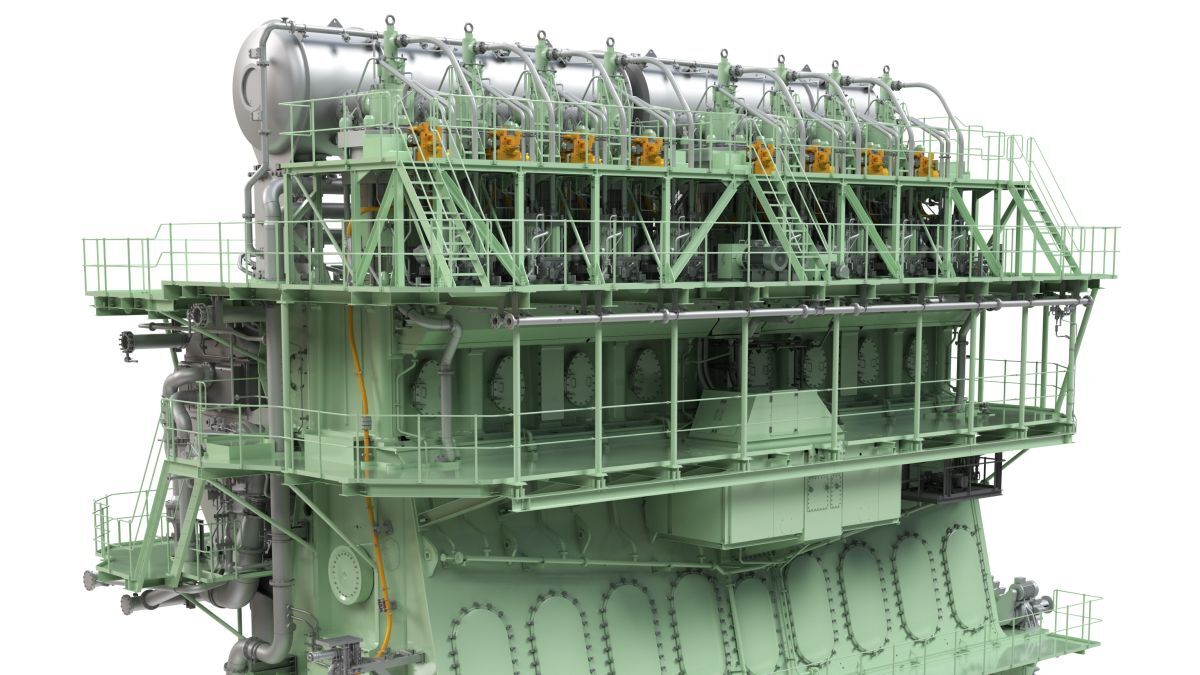Business Sectors
Contents
WinGD sets 2026 for launch of first ethanol two-stroke marine engine
Swiss-based marine power company WinGD sait it will bring its first ethanol-fuelled two-stroke marine engine to market in 2026, with deliveries for newbuild and retrofit applications starting in 2027
Swiss-based marine power company WinGD said it will bring its first ethanol-fuelled two-stroke marine engine to market in 2026, with deliveries for newbuild and retrofit applications starting in 2027
The company said it has undertaken a decade of investigation into ethanol fuel, beginning with a project financed by the Swiss Federal Office of Energy in 2014 and including engine tests in 2018.
WinGD said its latest marine engine market entrant will use the same combustion concept and be subject to the same safety regulations as its methanol-fuelled engine. WinGD later led work to develop a flexible injector for alcohol fuels as part of the EU-funded HERCULES 2 project starting in 2016.
"The new engine will be adapted from the X‑DF-M methanol-fuelled engine," WinGD said. "The diesel-cycle concept, available across the full range of bore sizes currently offered by WinGD, will feature an adapted control system and fuel injector nozzle arrangement to account for the higher energy density of ethanol and the consequently lower fuel volumes required."
Ethanol can be produced renewably from biomass and is prevalent at a competitive price in some national markets, driving interest in the new fuel.
WinGD said it will confirm at a later date whether the new engine will be optimised for ethanol or optimised for methanol with secondary ethanol capability following discussions with "several ship owners, ethanol fuel suppliers and class societies" and gave a timeline for "further details" in early 2026.
Earlier in September 2025, Danish engine maker Everllence reported the successful testing of ethanol as a fuel at all load points in a 90-bore, two-stroke dual-fuel ME-LGIM engine in Japan. The company said the successful testing shows the potential of offering retrofits on existing two-stroke engines.
Everllence’s ME-LGIM dual-fuel engine was, like WinGD’s model, first used commercially with methanol – LGIM stands for ‘Liquid Gas Injection Methanol’ – within the methanol carrier segment. Since its commercial launch in the methanol carrier sector, Everllence has expanded its methanol dual-fuel engine portfolio and has now sold more than 225 units for various types of newbuildings. There are more than 50 engines in operation, according to the engine maker.
Everllence said that by building on its ME-LGIM platform, it now has a fully operational engine with which to document ethanol capabilities.
Class society grants approval in principle for methanol storage tan
Nippon Kaiji Kyokai (ClassNK) has granted approval in principle (AiP) to SRC for what the company calls ’Methanol Superstorage’, a tank design concept that uses a Sandwich Plate System technology to "almost double shipboard storage capacity for both methanol and ethanol".
The ClassNK AiP confirmed that the tank design concept is feasible in accordance with the society’s guidelines.
In contrast to traditional fuel tanks, where internal and external walls are separated by a cofferdam of at least 600 mm, Methanol Superstorage features SPS technology - a solid elastomer core ‘sandwiched’ between two steel plates that is 25-millimetre-thick. The solution delivers 85% more storage capacity than a conventional tank.
“With many methanol-ready ships now in operation, under construction or on order and ethanol also gaining traction, fuel storage has become an area of intense industry interest,” said ClassNK technical manager Ryohei Sakai. “Because of its low volumetric energy density compared to HFO, a methanol tank would need to hold over twice the volume to generate the same energy, for example. This has consequences for ship range and design. SRC’s methanol fuel tank concept represents an approach to addressing this challenge.”
Sign up for Riviera’s series of technical and operational webinars and conferences:
- Register to attend by visiting our events page.
- Watch recordings from all of our webinars in the webinar library.
Related to this Story
Events
Maritime Decarbonisation, Europe: Conference, Awards & Exhibition 2025
Offshore Support Journal Conference, Americas 2025
LNG Shipping & Terminals Conference 2025
© 2024 Riviera Maritime Media Ltd.
